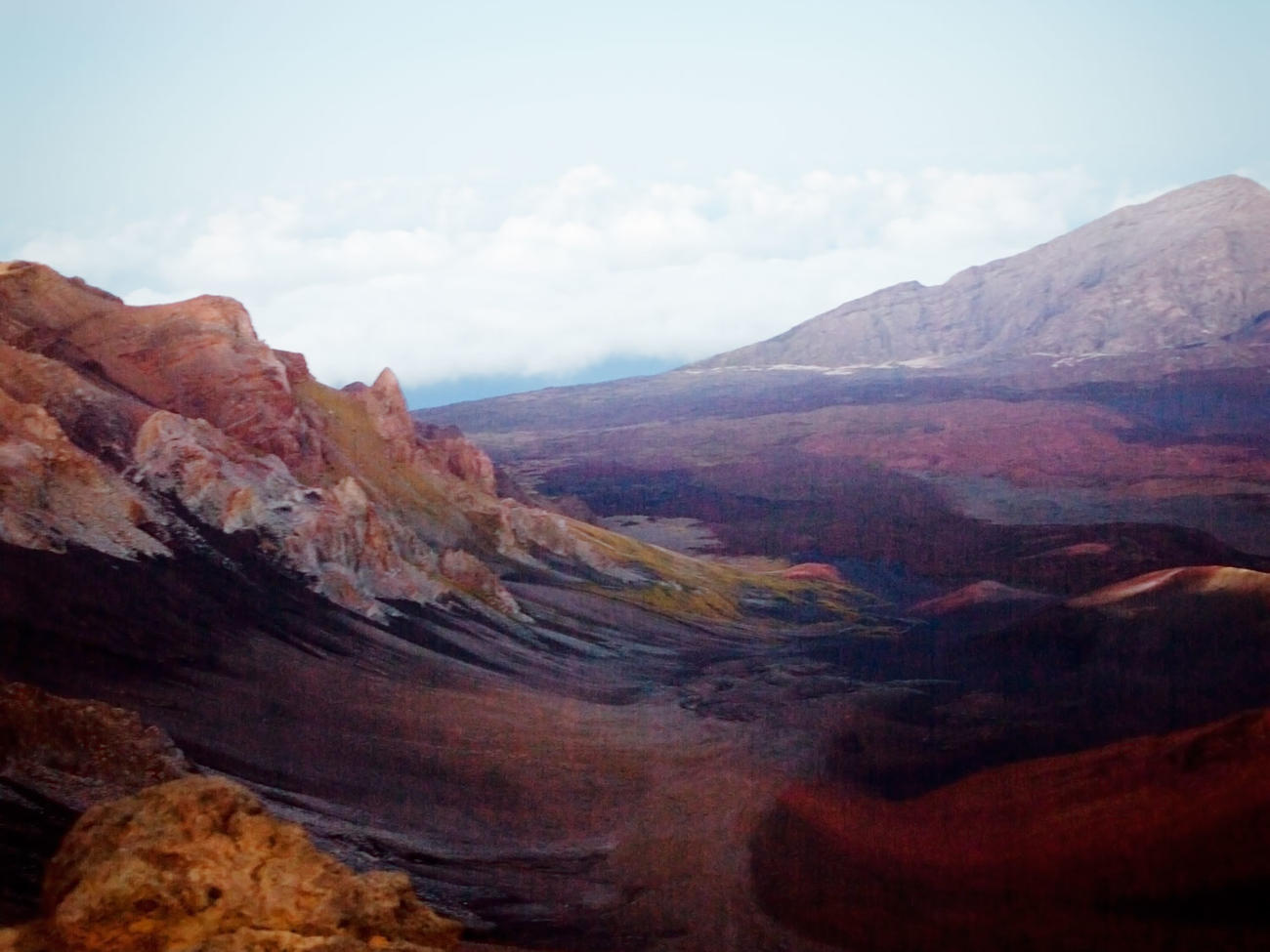
A Quick Guide to Haleakala National Park

Few places on the planet look so vast and barren as the volcanic summit crater at Haleakala National Park in Maui. At the 10,023-foot summit, surrounded by otherworldly swathes of black sand and rare, alien-like silversword plants, it’s not uncommon to feel as though you’re amongst the Hawaiian gods that gave both the crater, as well as the island, their names.
Despite it’s vastness, however, this park manages to draw quite the crowd—the National Parks Service reports more than 1.2 million visitors came to Haleakala in 2015, braving the erratic weather and the long drive (it’s three-and-a-half hours from the popular whale-watching destination of Lahaina, and almost the same distance from the beaches of Wailea on the island’s southern shores) for the park’s ample rewards. Before ou book your bucket list trip to Haleakala, check out our definitive guide to Haleakala before your journey.
Related: VIDEO: Five Things to Do in Maui
Admire the View
While Haleakala’s main draw may be a dramatic volcanic crater, there is plenty of stunning and varied natural beauty throughout Hawaii Volcanoes National Park—including two of the world’s most active volcanoes, Mauna Loa and Kilauea. In fact, UNESCO has designated Haleakalā an official biosphere reserve and a world heritage site. In addition to Pacific Ocean views, visitors can spot rare birds, tropical rainforests of banyans and bamboo, and 400-foot-tall waterfalls.
Timing Matters
Given that Haleakala means “House of the Sun,” it comes as no surprise that the most spectacular moments here happen during sunrise and sunset. Fortunately, the park is open 24 hours a day, year round, so you can arrive early enough to experience the sunrise or stay late enough to catch the sunset without rushing.
Take a Hike
There are a variety of day hikes and overnight wilderness hikes available at Haleakala. You’ll need a permit from the Visitor Center for any camping and, unless you are traveling as part of an educational or civic group, you won’t be able to reserve in advance. Hike with a park naturalist or commercial tour operator for a little extra context: They can point out little-known features of the park you may otherwise miss. We also recommend taking a 23-mile bike ride down from the crater, if you’re looking for a little bit more of an adrenaline rush.
